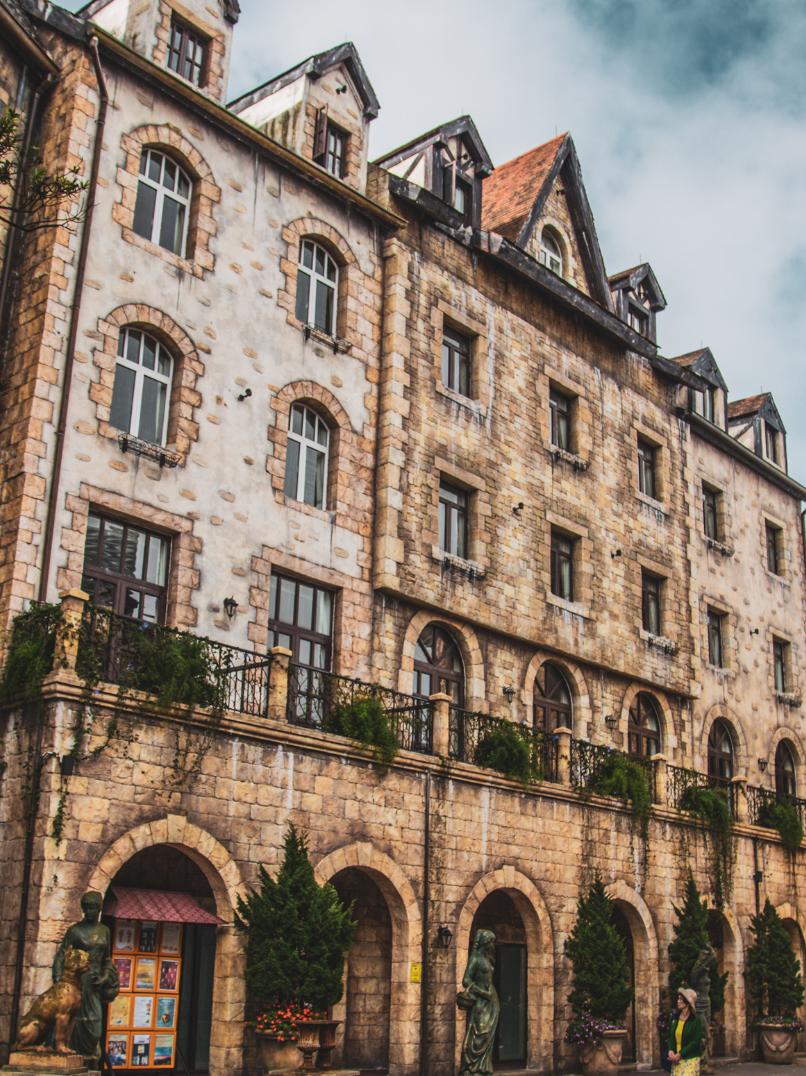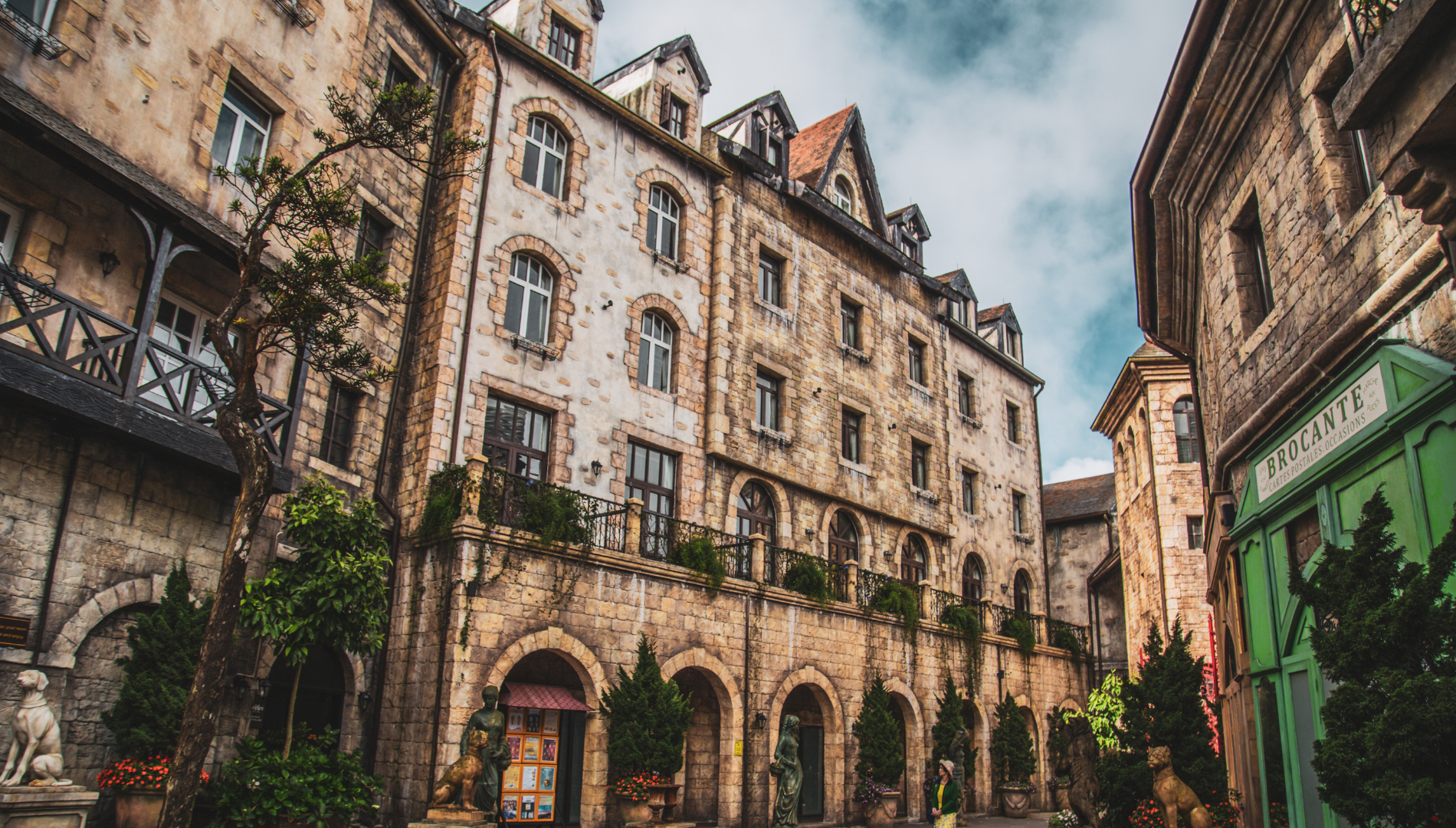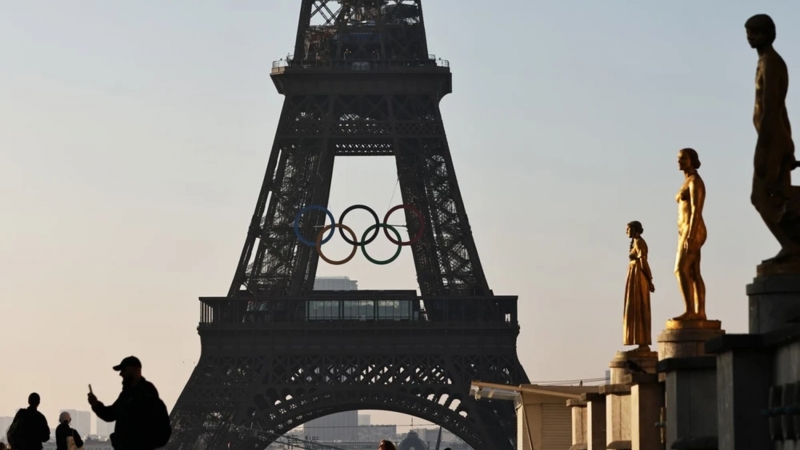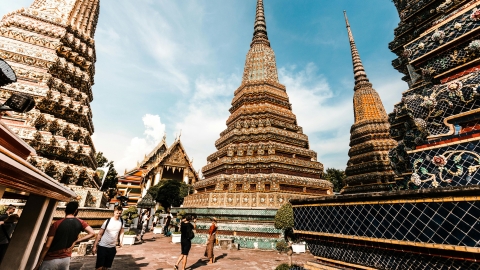Besides the pains caused by the colonization process, the French also brought many changes to Vietnam, in which architecture is a significant mark. Nearly a century of colonization has created a diverse and rich picture of Vietnamese architecture, where the ancient features of traditional architecture and the modernity of French architecture are subtly intertwined, creating a unique architectural style that people call colonial architecture.
The cultural exchange between East and West under French colonial period
French architecture in Vietnam originated in the late 19th century when Vietnam became a French colony. To suit the culture, lifestyle and to assimilate the Vietnamese people, many new French buildings were built. And these buildings all had the architectural characteristics of the French country. However, the influence of French architecture on Vietnam at that time did not apply to civilian houses. It was only for military or public buildings.

Besides the pain left by the colonization process, the French also brought many changes to Vietnam, in which architecture is a significant mark.
For nearly a century (1858-1954), French colonialism had a significant impact on Vietnamese architecture. That process showed the fusion of two cultures: Indochina and the West. During this time, people called the fusion architectural features colonial architecture.
Ancient French architecture is divided into many historical periods associated with the division into many different architectural styles. The styles have in common that they are related to French architecture. Nowadays, French architecture has been innovated and changed quite a lot to suit the needs of the Vietnamese people.
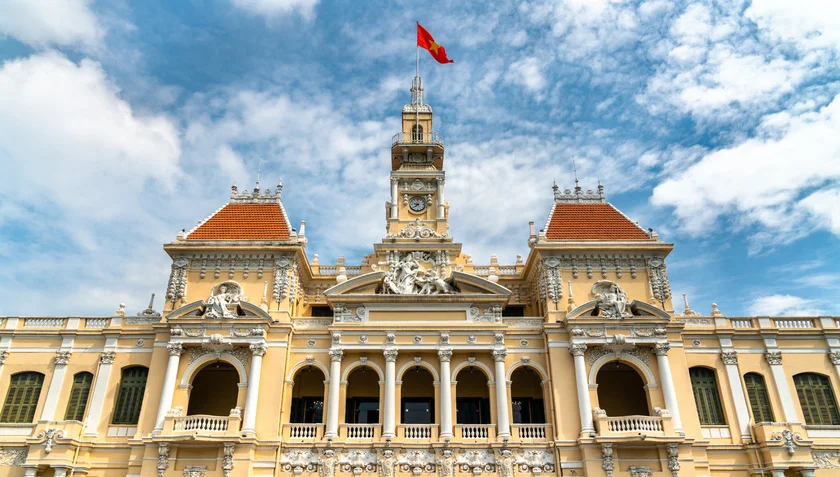
Nearly a century of domination has created a diverse and rich picture of Vietnamese architecture.
Neoclassical style represents classical Greek-Roman architecture, considered the pinnacle of architectural language and imagery. On the other hand, classical architectural language also allows for the creation of grand, majestic works capable of expressing the political and economic power of France.
However, the neoclassical architectural style in Vietnam is no longer purely neoclassical but has many colors of eclecticism. Although the classical style is still dominant, details of Renaissance architecture and Vietnamese architectural motifs have been incorporated into some works. Typical works include: Indochina Governor's Palace, Governor's Palace and Governor's Palace of Tonkin, Court, Opera House in Hanoi; Saigon Governor's Palace, Post Office, Governor's Palace of Cochinchina, Opera House in Ho Chi Minh City. Of which, Hanoi Opera House can be considered the most typical.
Long Bien Bridge, a cultural and historical symbol of Hanoi
Standing tall in the middle of the Red River, Long Bien Bridge is like a guardian god, witnessing the ups and downs of Hanoi. With 19 spans, 20 sturdy pillars and a length of up to 2,500 m, Long Bien Bridge is not only an impressive engineering work but also a unique work of art.
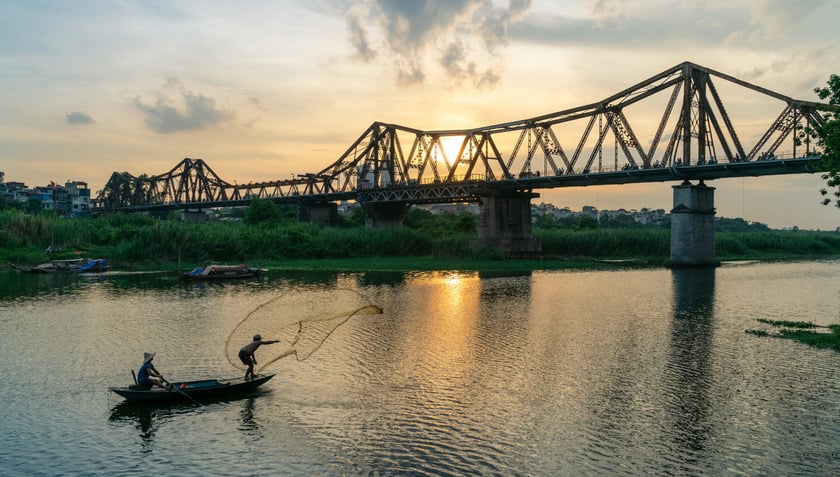
Long Bien Bridge is considered a "historical witness", a place that has gone through many ups and downs and events with the capital Hanoi.
The bridge’s architecture is imbued with French style with elegant, harmonious lines, demonstrating the talent of architects Daydé & Pillié. Long Bien Bridge is not only a transportation project but also a symbol of the cultural exchange between East and West.

Long Bien Bridge also witnessed the image of the last French soldiers withdrawing from Hanoi so that our troops could take over according to the Geneva Agreement in October 1954.

The construction of Long Bien Bridge in Hanoi was started by the French government on September 12, 1898 with the purpose of connecting traffic and easily exploiting the colony.
The bridge has witnessed many important historical events, from the French colonial period to the fierce war years. From the years of liberating the capital, fighting against the destructive war of the US to the days of peace and development. Long Bien Bridge still stands there, majestic and imposing, bearing the scars of war. The old bridge has deteriorated, but it can still be used today and is also a testament to the longevity of French architecture over time.
Chu Van An School
Chu Van An School, as a witness to history, has marked the golden pages of Vietnamese education. However, through many historical changes, the school has become one of the leading cradles of training talented people in Vietnam. Chu Van An School has made great contributions to the cause of building and developing the country. Many generations of excellent students have grown up from this school, becoming talented leaders, scientists, writers, and artists, contributing to the glory of the nation.
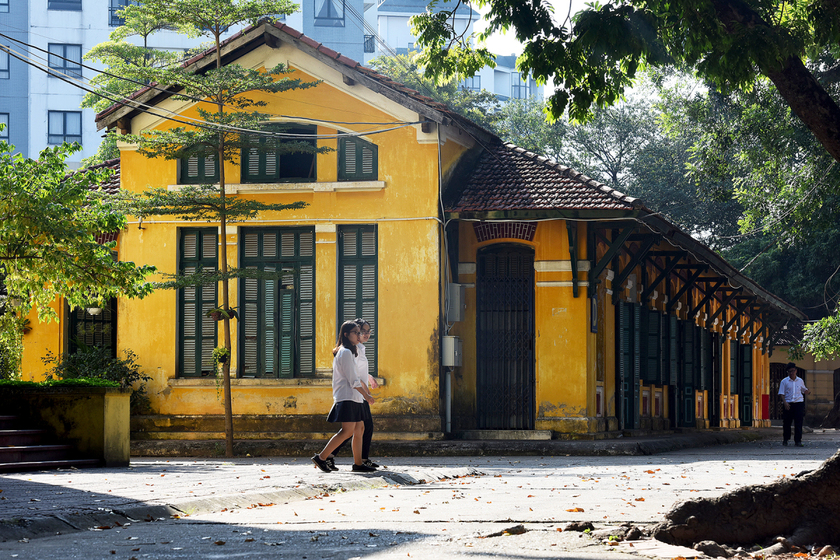
Located on the shore of West Lake (Hanoi), Chu Van An High School has 13 buildings, many of which were built during the French period and are still in good use today.
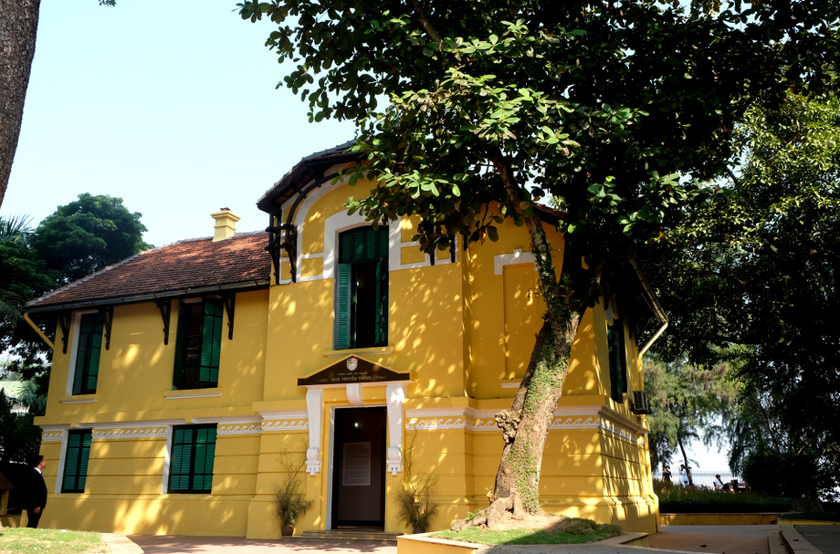
The building was built in 1898, originally named Schneider Villa - after the owner of the villa, and was later used as the residence of the French Principal of the Protectorate High School.
The field of education and culture is one of the fields that the French paid great attention to during their time in Vietnam. Chu Van An school was the first school built by the French in 1908 to train staff for the Northern governing apparatus. This is also a school that is proud to have trained many generations of talents for the country.

Whether it was Buoi School in the past or Chu Van An High School now, this century-old school has always affirmed its position by training generations of talented students.

Through 110 years of formation and development, through many ups and downs of history, the image of the school is still present in the hearts of many generations of students and teachers.
Chu Van An School with its ancient French architecture, like a vivid oil painting, depicts a glorious period of the country's history. The architecture of Chu Van An School is imbued with French style with sophisticated patterns, sturdy pillars, and majestic arches. Every small detail is meticulously designed, demonstrating the sophistication of the architects of that period. Bright yellow walls, green windows, red tiled roofs... all blend together to create a unique architectural picture, bearing the mark of time.
Hanoi Cathedral
The Cathedral is like a precious gem, shining brightly through the ups and downs of history. Built in 1884 and completed in 1887, the Cathedral is one of the oldest architectural works in Hanoi. This church was designed in the Gothic style, bearing the strong imprint of French architecture of that period.

The church is designed in the European medieval Gothic architectural style, which was very popular in the 12th century.
The architecture of Hanoi Cathedral has the typical features of Gothic style with sophisticated patterns, sturdy pillars, and soaring domes. Every small detail is meticulously designed, demonstrating the talent of French architects. This place is not only a unique architectural work but also a place for religious activities of the Catholic community in Hanoi. Every day, this place is always crowded with people coming to pray and seek peace of mind. The Cathedral, with its ancient beauty and profound spiritual meaning, is forever an immortal symbol of Hanoi.
Ancient French architecture or any ancient architecture has left a mark that transcends time. It is both a historical testament to the development of society and a witness to the ups and downs of history. And so is modern architecture. When the next generation looks back after decades, hundreds of years or even longer, it is also a testament to how much society has developed and prospered. Each period, each civilization is accompanied by progressive, innovative and progressive cultures.





